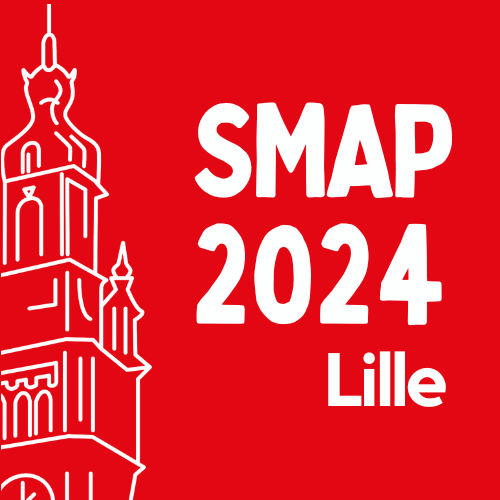
Session: Parallel session 4 - PTM
Bufferins form a new class of bacterial ribosomally-produced and post-translationally modified peptides involved in adaptation to copper
Copper homeostasis is crucial for bacteria to ensure acquisition of copper while preventing its adverse effects at high concentration. We identified a new class of ribosomally produced and post-translationally modified peptides (RiPPs) produced by Caulobacter crescentus, that we called “bufferins”, capable of enhancing bacterial growth under copper stress [1]. C. crescentus produces two bufferins, Buf1 (Mw 6968.31 Da) and Buf2 (Mw 6276.78 Da), which harbor 4 and 6 cysteine residues, respectively. These peptides were characterized by top-down and bottom-up peptidomic approaches, which revealed that their maturation involves cleavage of the signal peptide together with a modification yielding a -10 Da and -18 Da shift for Buf1 and Buf2, respectively. The untargeted PTM search solution SpecGlobX [2] indicated that the central cysteines carry a 4 Da shift modification (corresponding to the formation of a thiooxazole moiety, as determined by NMR), while the two peripheral cysteines formed in a disulfide bridge. The complexation bufferins to copper was shown by native mass spectrometry.
References
[1] Leprevost L*, Jünger S*, (…), Li Y & Jacob-Dubuisson F, BioRxiv 2024. *Equal contribution. https://www.biorxiv.org/content/10.1101/2024.03.18.585515v1
[2] G. Prunier G, (…), Rogniaux H & Tessier D, BMC Bioinformatics 24, 421-475 (2023).